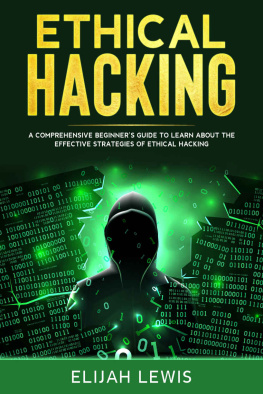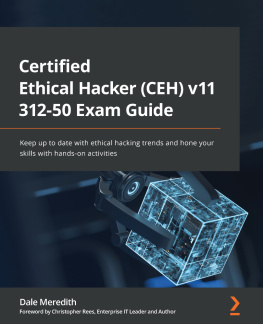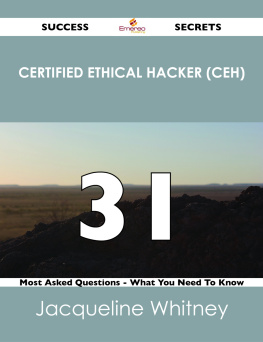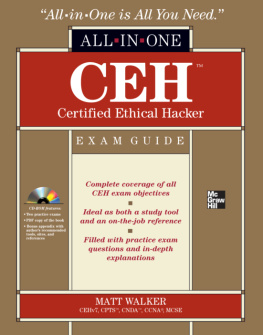Hedaia Mahmood Al-Assouli - Footprinting, Reconnaissance, Scanning and Enumeration Techniques of Computer Networks
Here you can read online Hedaia Mahmood Al-Assouli - Footprinting, Reconnaissance, Scanning and Enumeration Techniques of Computer Networks full text of the book (entire story) in english for free. Download pdf and epub, get meaning, cover and reviews about this ebook. year: 2021, publisher: Dr. Hedaia Mahmood Al-Assouli, genre: Computer. Description of the work, (preface) as well as reviews are available. Best literature library LitArk.com created for fans of good reading and offers a wide selection of genres:
Romance novel
Science fiction
Adventure
Detective
Science
History
Home and family
Prose
Art
Politics
Computer
Non-fiction
Religion
Business
Children
Humor
Choose a favorite category and find really read worthwhile books. Enjoy immersion in the world of imagination, feel the emotions of the characters or learn something new for yourself, make an fascinating discovery.
- Book:Footprinting, Reconnaissance, Scanning and Enumeration Techniques of Computer Networks
- Author:
- Publisher:Dr. Hedaia Mahmood Al-Assouli
- Genre:
- Year:2021
- Rating:4 / 5
- Favourites:Add to favourites
- Your mark:
Footprinting, Reconnaissance, Scanning and Enumeration Techniques of Computer Networks: summary, description and annotation
We offer to read an annotation, description, summary or preface (depends on what the author of the book "Footprinting, Reconnaissance, Scanning and Enumeration Techniques of Computer Networks" wrote himself). If you haven't found the necessary information about the book — write in the comments, we will try to find it.
Reconnaissance is a set of processes and techniques (Footprinting, Scanning & Enumeration) used to covertly discover and collect information about a target system. During reconnaissance, an ethical hacker attempts to gather as much information about a target system as possible.
Footprinting refers to the process of collecting as much as information as possible about the target system to find ways to penetrate into the system. An Ethical hacker has to spend the majority of his time in profiling an organization, gathering information about the host, network and people related to the organization. Information such as ip address, Whois records, DNS information, an operating system used, employee email id, Phone numbers etc is collected.
Network scanning is used to recognize available network services, discover and recognize any filtering systems in place, look at what operating systems are in use, and to protect the network from attacks. It can also be used to determine the overall health of the network.
Enumeration is defined as the process of extracting user names, machine names, network resources, shares and services from a system. The gathered information is used to identify the vulnerabilities or weak points in system security and tries to exploit in the System gaining phase.
The objective of the report is to explain to the user Footprinting, Reconnaissance, Scanning and Enumeration techniques and tools applied to computer networks
The report contains of the following parts:
Part A: Lab Setup
Part B: Foot printing and Reconnaissance
Part C: Scanning Methodology
Part D: Enumeration
Hedaia Mahmood Al-Assouli: author's other books
Who wrote Footprinting, Reconnaissance, Scanning and Enumeration Techniques of Computer Networks? Find out the surname, the name of the author of the book and a list of all author's works by series.













